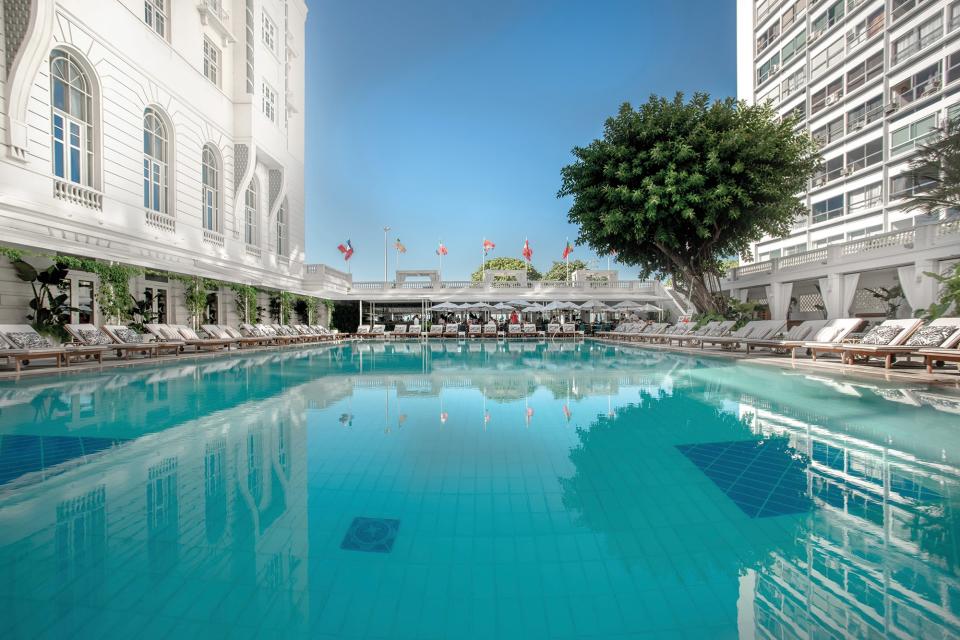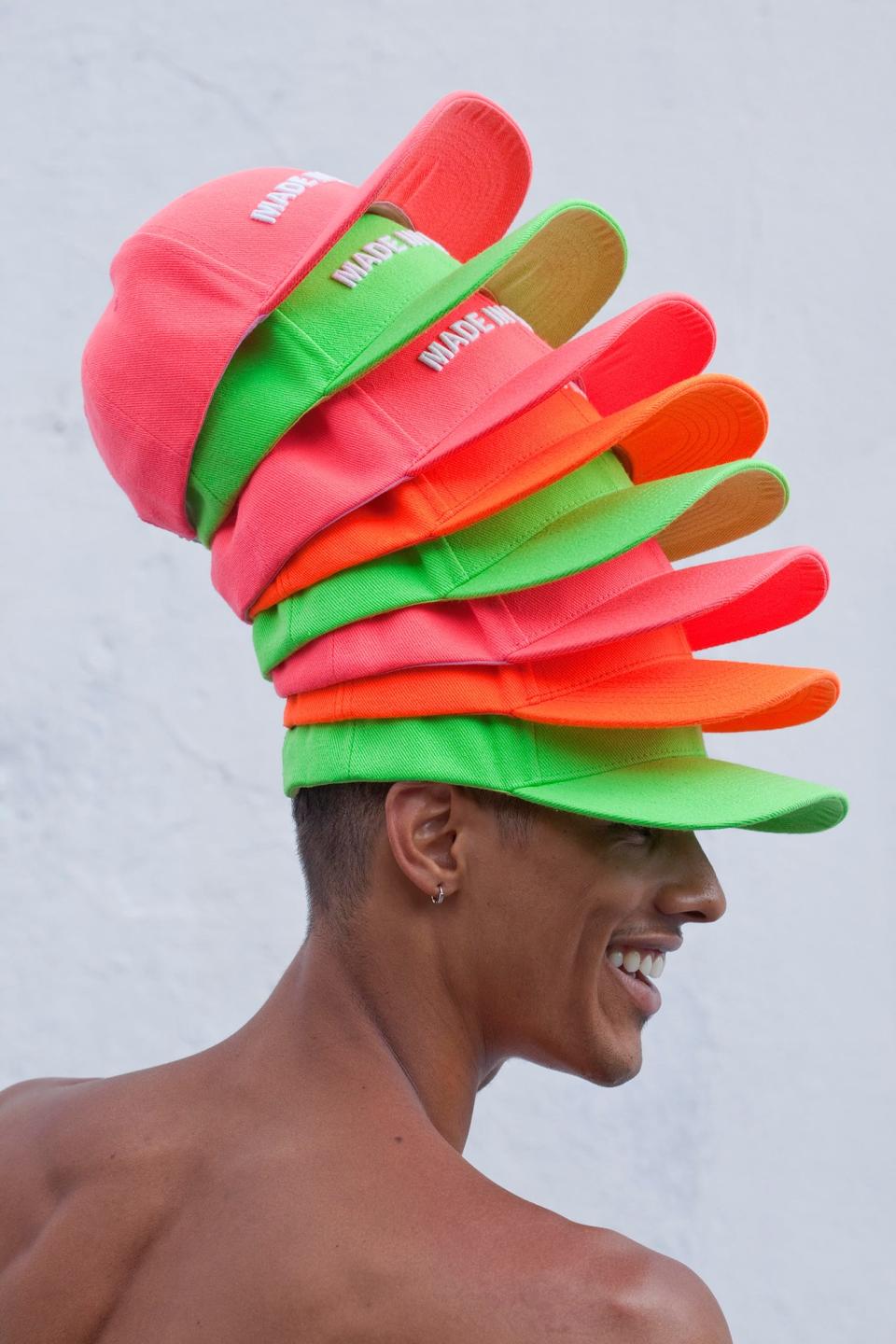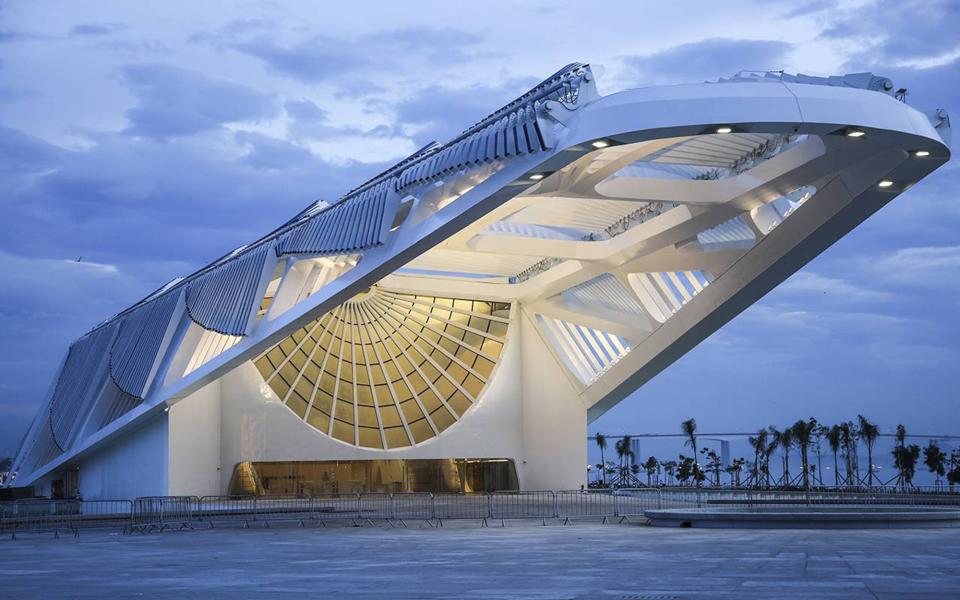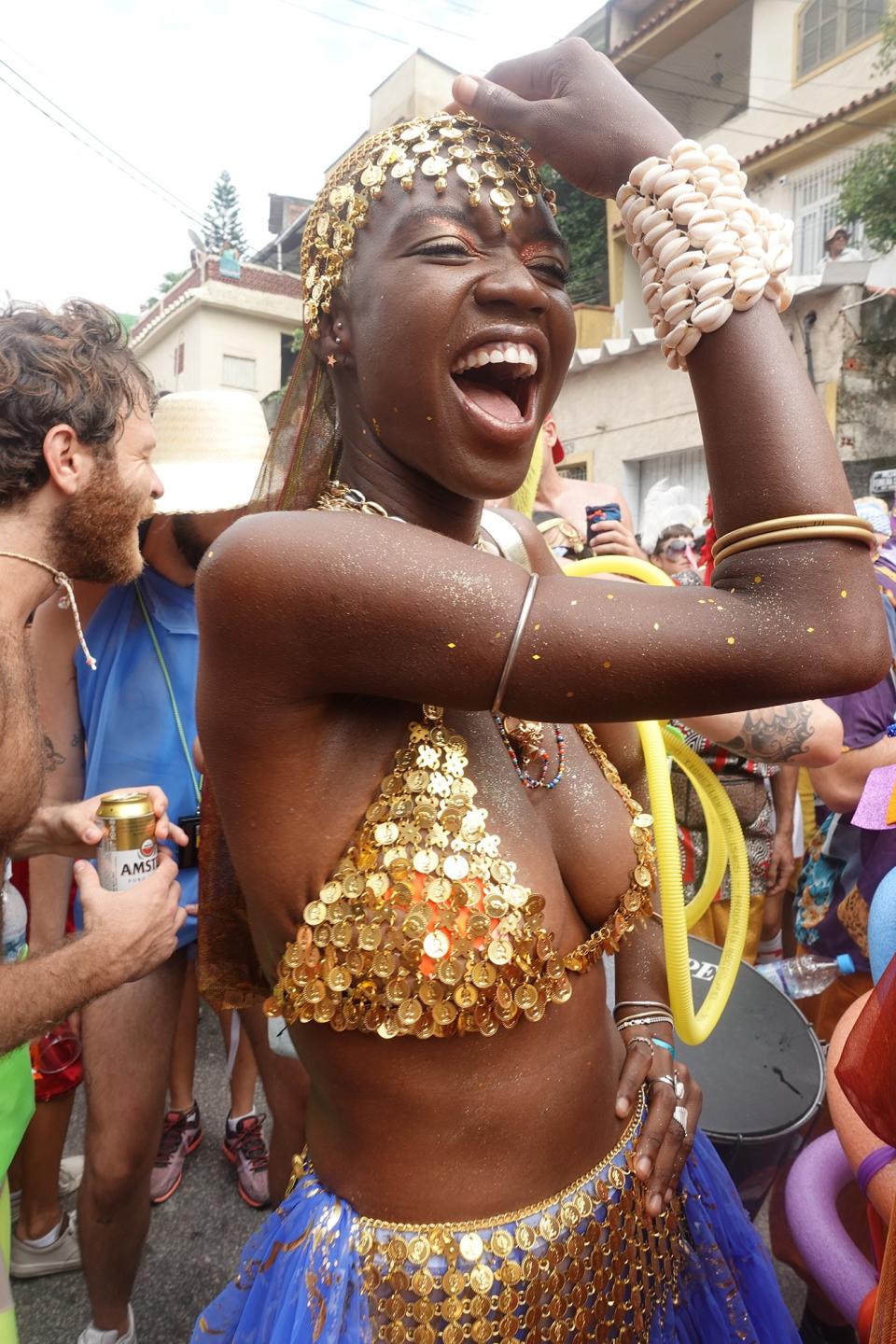Rio de Janeiro, Right Now: 5 Reasons to Visit the Extraordinary Brazilian City
The ocean-cradling, mountain-spiked city of Rio de Janeiro, Brazil is known for everything from resplendent samba to the beautiful game (soccer) to its brilliant and diverse Carioca spirit to being a global pop culture icon (The Girl from Ipanema, the 2016 Summer Olympics, et al). It’s impossible to capture its complexity quickly, but, in an attempt: Rio is coruscating, complicated, extreme and tranquil as a humid morning, all gliding between its vaporous summits and shaded lagoons.
It has to be said that there is some—though nowhere near total—truth to its reputation as being dangerous. Rio de Janeiro is postcard pretty, but for many it is far from paradisiacal. It presents vast and acute socioeconomic polarization, where expensive flats may be just steps from impoverished hillside communities. Pacification efforts to curtail crime in these communities (also called favelas, though this term has developed a derogatory connotation over time) have not entirely worked. Concerns are mounting over the far right ideology of Brazil’s newly elected president, Jair Bolsonaro. And last year, a Rio de Janeiro councilwoman named Marielle Franco—who came from the Maré neighborhood, located near the international airport—was assassinated. Franco was an activist and a rising political star, fighting for women’s and LGBTQ+ rights, as well as for those living below the poverty line. Just last week, at Rio’s Sambadrome, where tens of thousands gather to watch the area’s prestigious samba schools perform in a parade for Carnaval, a group called Mangueira was named champion. Within their display, they honored Franco; the school received tens across the board.
The above isn’t to suggest that one should be deterred from visiting—if you’re a traveler, it is a modern world wonder and an absolute must-see. Rio de Janeiro has a distinct hum and kick and charisma about it. Plus: Brazil now offers an e-visa service—U.S. citizens no longer need to go through the once time-consuming process of obtaining entry rights. The visa is $40, and completion times are quick; once you receive clearance, simply print out the the document and bring it with you to the airport. Here are five more reasons to visit Rio de Janeiro, as soon as possible.

Its Icons
Rio de Janeiro is full of icons, from Cristo Redentor (the 98-foot-tall statue of Jesus Christ that towers over the city from its perch on Corcovado peak) to Pão de Açúcar (the double-topped mountain also known as Sugarloaf at the mouth of Guanabara Bay) to the wavy retro-tiled boardwalks of Copacabana and Ipanema beaches to the lushness of the Jardim Botânico to the Belmond Copacabana Palace, the grand dame of Rio de Janeiro hotels that will soon turn 100 years old. Rio has a decent amount of luxe lodging options, but the Palace is a standout because of its longevity—after so many decades, it is still a social hotspot (it recently hosted its 96th annual Baile do Copa, and superstar models Caroline Trentini and Jhona Burjack could be seen relaxing poolside between Carnaval festivities). The hotel opened a Michelin-starred restaurant last year, called Mee, and will soon offer an exclusive, only-through-the-property experience: sunrise or sunset on Sugarloaf, which is otherwise closed to visitors at these times. Though you may not want to wake up at dawn if you’ve been drinking caipirinhas all day prior, a Rio sunset is among the best in the world…

Its Beaches
It’s rare to find a metropolitan area with so many nearby, if not adjacent, beaches. Leblon and Ipanema are the fanciest, but likely the most tourist-concentrated; we like Arpoador, at the eastern end of Ipanema, where a large rock juts out into the Atlantic. There is often decent surfing in this area. Praia Vermelha, at the base of Sugarloaf, is peaceful if you’re staying in the city; if wanting to get away from the urbanity, the beaches in Barra da Tijuca are lovely and quiet. Botafogo Beach is on the bay, and may make for great tanning (and views), but the water quality isn’t generally the best. Our favorite beach at the moment? Leme, on the northeastern edge of Copacabana (which itself has cleaned up in recent years). Leme features a fabulous mix of straight, gay, hipster, and local sun-seekers. The Brahmas and the caipirinhas are cheap, and the water is clean. (Just be cautious of undertow and rip-tides on Rio’s beaches; the waves can be large.)

Its Style
The must-have item of Carnaval—besides glitter—was a collaborative, neon-hued baseball cap rendered between the Brazilian denim brand Ellus and the magazine Made in Brazil, from Juliano Corbetta. 500 were made and there are only a handful left; stroll down Ipanema or Copacabana and you’re bound to see a flash of fluorescent pink or green with “Made in Brazil” embroidered across the hat’s front. The sales from the caps went to a charity called Casa 1, which provides assistance and housing to gay and trans youths that have been subjected to violence or expulsion from their own homes. Made in Brazil will collaborate with a yet-to-be-named jewelry company in the U.S. next, again with a philanthropic angle (stay tuned). All told, the hats speak to overall Carioca style: casual vibrancy and a sexy, freeing slouch. Speedos and sungas and thong bikinis are the seaside norm, no matter your body shape (nobody’s judging in Rio), and breezy, light and polychrome are the de facto wardrobe codes, day to night. Stop by The Paradise in Ipanema; the boutique makes its own line for both women and men, and is known for opulent, tropical clime-inspired prints (almost like the Rio version of Versace in Miami). And, of course, you can’t go to Brazil without picking up at least one pair of Havaianas (there are stores that sell them everywhere).

Its Architecture
UNESCO has named Rio as its first World Capital of Architecture for 2020. The forum will see year-long programs that examine worldwide issues through urban planning, culture, and architecture. One could easily visit Rio for building sightseeing alone. Highlights include: the pseudo-extraterrestrial Museum of Contemporary Art in Niterói, designed by the late Brazilian architect Oscar Niemeyer (the striking modernist building also served as the stage for Louis Vuitton’s Resort 2017 show). Other Niemeyer notables include his once personal home, Casa de Canoas, and the monolithic Hotel Nacional Rio. Santiago Calatrava’s Museum of Tomorrow retains the architect’s penchant for soaring, exoskeletal angles and intrigue; soon, the leading international firm Diller Scofidio + Renfro will see the opening of the Museum of Image & Sound on Copacabana Beach, at a site once occupied by a seedy albeit popular disco called Help. The building extrapolates upon the signature undulating promenade design of Copacabana Beach (made by Roberto Burle Marx). Instead of waves, though, DS+R have given the motif an angular, hyper-modern verticality. Lodging-wise, there are two standouts that are also worth looking into: Arpoador Hotel, recently and chicly remodeled by the firm Bernardes Arquitectura, and Janeiro, an eco-friendly, minimalist boutique hideaway from Oskar Metsavaht and Carlos Werneck.

Its Music
Around 15 years ago, a raw, reverberating, lo-fi but high-energy sound made its way from Rio de Janeiro to the U.S., thanks to a mixtape produced by a DJ named Diplo (yes, that Diplo). The compilation was called “Favela on Blast” and it introduced explorative listeners to a genre known as baile funk. (This writer remembers asking his mother to purchase it for him, because he didn’t have a credit card back then.) The music is now called funk carioca, and it is more popular than ever—it has exploded across a majority of urban Brazil. With Rio de Janeiro as its nexus, the local sound has evolved, and the new beat of funk carioca is sped up and supercharged, to approximately 150 beats per minute. Where to hear it? Baile de Gaiola, an ongoing event that some call the “coolest party around” right now. Funk carioca carries an extra significance to its bump: the music is representative not only of those in poorer communities, but also of the LGBTQ+ population and the youth of the city. Listen in.


